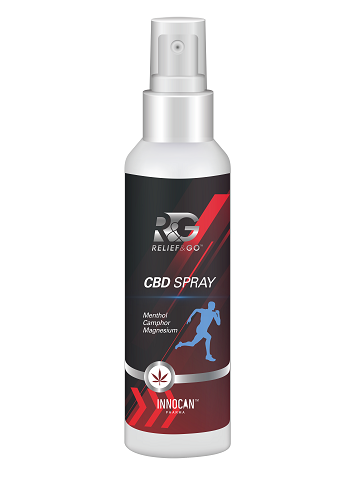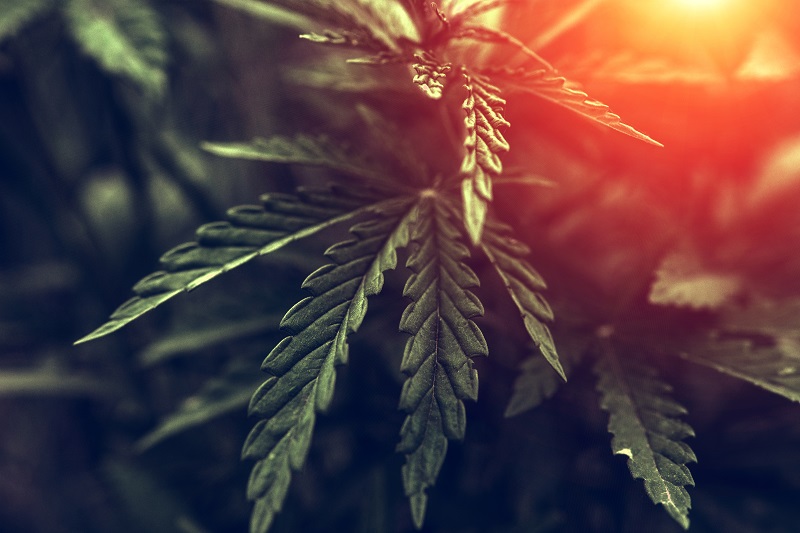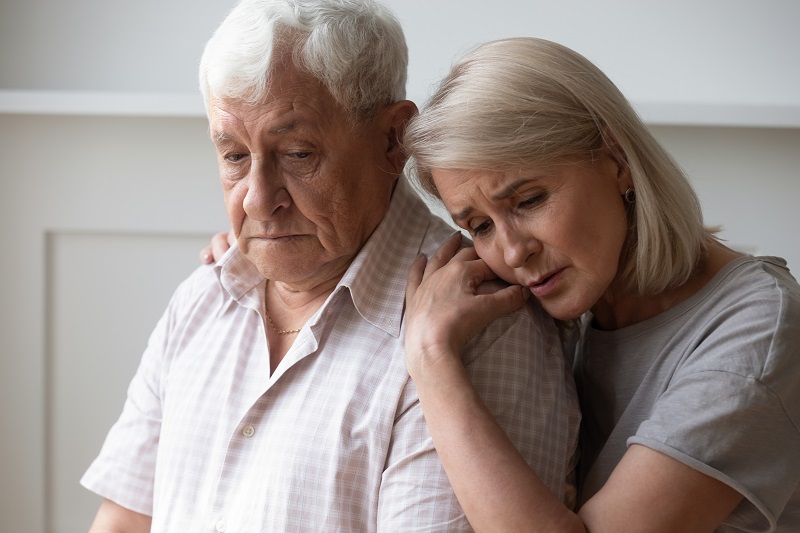The Efficacy of Pharmaceutical CBD in Treating Epilepsy

CBD products are emerging as a highly effective and safe way to treat a wide range of conditions, including skin dryness, pain, insomnia, anxiety, inflammation, acne, and irritable bowel syndrome. Many formulations of CBD, such as tablets, oil, creams, tinctures, capsules, spray, and roll-on creams, are available in the market with varying amounts of bioavailable CBD.
As a component of the Cannabis plant, CBD relieves stress and anxiety and has anti-seizure properties. It does not produce a “high” like another cannabis component called tetrahydrocannabinol (THC). CBD is FDA approved for use in two severe forms of childhood epilepsy, Dravet syndrome and Lennox-Gastaut syndrome, which do not respond well to other medications. Artisanal CBD refers to traditionally manufactured CBD that contains variable amounts of CBD and THC. While artisanal CBD has been used to treat epilepsy, the latest research confirms that pharmaceutical-grade CBD devoid of THC is more effective in reducing both severity and frequency of epileptic seizures.
What is epilepsy?
Epilepsy is a chronic neurological disorder that is non-communicable in nature. Recurrent seizures are the main characteristics of epilepsy. These seizures can be partial where there is an involuntary movement of a part of the individual’s body or generalized where the entire body experiences these involuntary movements. Loss of bladder or bowel control or loss of consciousness can accompany these brief episodes of seizures at times.
Seizure episodes occur due to excessive electrical discharges within certain brain cells. The exact sites where these electrical discharges occur can vary. Epilepsy does not refer to one single condition but a group of similar conditions, with the common factor being excessive electrical discharges in the brain. There are many types of seizures, and their severity and frequency can vary widely from person-to-person.
When there are more than two unprovoked seizures, an individual is diagnosed with epilepsy.
Every year, about five million people are estimated to be diagnosed with epilepsy. Epilepsy contributes to the world’s disease burden significantly as it affects 50 million people across the globe. At a given time, according to the World Health Organization (WHO), anywhere from four to ten individuals per 1000 people have active epilepsy.
The latest available figures from the U.S. CDC (Centers for Disease Control and Prevention) indicate that more than 3 million people have active epilepsy that translates to 1.2% of the population.
What causes epilepsy?
The exact cause of epilepsy is not known in about 50% of global cases, although the mechanism has been studied by scientists.
The possible causes are categorized into infectious, genetic, structural, immune, metabolic, and unknown.
- A serious head injury
- Brain tumor
- Stroke that restricts oxygen supply to the brain
- Brain damage either due to perinatal or prenatal causes such as low birth weight or trauma during birth
- Congenital abnormalities
- Genetic conditions with brain malformations
- A brain infection such as encephalitis, meningitis or neurocysticercosis
Some types of seizures can be life-threatening, and all types of seizures affect the quality of life and overall health to a great degree. According to an estimate, the conventional epilepsy drugs fail about one-third of epilepsy patients. Antiseizure medications are not effective for more than one million people with epilepsy in the U.S.
Although the seizure symptoms can impact any part of the body, it is in the brain that the electrical events occur. The location of these electrical events, the way it spreads and the extent of the brain affected, and the duration of the episode play key roles in determining the character of the seizure episode and the impact it has on the individual.
Epilepsy can affect many aspects of the individual’s life, including relationships, work, safety, ability to drive, among others.
CBD for treating epilepsy
CBD is the short form of cannabidiol, which is one of the compounds present in a plant called Cannabis Sativa. Cannabis Sativa contains a unique group of compounds that is called ‘cannabinoids.’ These plants belong to the Cannabaceae family of plants that produce flowering plants. Cannabis Sativa is an aromatic and stout herbaceous plant that has its origins in South and Central Asia. It is now cultivated widely across the globe for its recreational and medicinal properties.
The Cannabacea family includes eleven genera, among which the three prominent ones are Celtis, Cannabis, and Humulus. About 170 species of plants are categorized under these eleven genera of the Cannabacea family. Cannabis is an economically and therapeutically important genus.
Cannabis Sativa has many varieties. A canelike and tall species is grown for the fiber it contains and is called the hemp plant. A shorter version of this plant contains a significant amount of another cannabinoid called THC or tetrahydrocannabinol, which is a psychoactive substance that causes a ‘high.’ As per U.S. FDA classification, Cannabis Sativa plants with 0.3% or more of THC content are termed marijuana plants. Some varieties are grown for the specific purpose of extracting CBD, and these plants have zero to negligible THC content.
CBD is extracted using solvent extraction or other advanced methods from the entire Cannabis Sativa plant and is further purified to yield pure CBD oil. The CBD oil is integrated into CBD topical products such as facial cream, eye serum, Recovery lotion, sleeping mask, Roll-On spray, and others.
CBD has been found to have anti-seizure, neuroprotective, anxiolytic, and antidepressant effects. The neuroprotective activity of CBD is linked to its powerful antioxidant and anti-inflammatory properties.
The U.S. FDA (Food and Drug Administration) approved ‘Epidiolex’ is a CBD formulation that is plant-based to treat some types of seizures, including Lennox-Gastaut syndrome and Dravet syndrome in children over two years of age, as well as adults.
Mechanism of action
CBD has been shown to exert neuroprotective action in many experimental studies. It has the ability to modulate pro-inflammatory cytokines, including tumor necrosis factor, interleukin-1β, interleukin-6, apart from regulating the immune response. In addition, the anti-inflammatory action of CBD is also due to its interaction with the TRPV1 receptor (Transient Potential Vanilloid Receptor Type 1). During neuroinflammatory conditions such as epilepsy, the density and sensitivity of the TRPV1 receptor are heightened that promotes seizure activity. CBD binds to TRPV1 and desensitizes these receptors, resulting in a reduction of inflammation within the brain.
As per one estimate, CBD shows more powerful antioxidant capabilities than the most potent natural antioxidants, such as vitamin C and E. CBD works to neutralize free radicals that are metabolic byproducts. When not neutralized, these free radicals damage healthy cells, leading to chronic inflammation.
CBD has been studied for its anticonvulsant effects for a long time. Many studies have confirmed that it is effective in treating epileptic seizures, particularly in children. In 2016, the phase III results of clinical trials showed that pharmaceutical CBD had positive results on Dravet syndrome and Lennox-Gastaut syndrome.
CBD interacts with calcium channels, causing a blockage of the channels. Calcium channels are distributed across the central nervous system and play a key role in synaptic transmission (nerve signal transmission between neurons) and neuronal excitability. Some studies have found that a mutation or dysfunction of calcium channels has a role to play in epilepsy. CBD’s action on calcium channels is deemed to be a possible mechanism for its antiepileptic action.
Other receptors, including 5-HT or 5-hydroxytryptamine, commonly known as serotonin receptors, are believed to hyperpolarize or polarize neurons, leading to epileptic seizures. CBD displays a high affinity for some types of serotonin receptors, as well as other receptors that are involved in synaptic transmission. These are the possible mechanisms by which CBD exerts anticonvulsant action.
The discovery of the endocannabinoid system and cannabinoid receptors gave better insights into understanding the mechanisms of action of CBD. CBD has been not only studied for its antiseizure effects but has been shown in studies to reduce anxiety, improve quality of sleep, pain, inflammation, irritable bowel syndrome, and skin conditions.
The endocannabinoid system includes cannabinoid receptors that are distributed across the brain, peripheral tissues, immune cells, and the gastrointestinal system, as well as endocannabinoids. Endocannabinoids are neurotransmitters that are similar functionally and structurally to cannabinoids found in Cannabis Sativa. There are two types of cannabinoid receptors called CB1 and CB2. When it comes to neurological disorders such as epilepsy, CB1 is more relevant as these receptors are found in great concentration in the brain.
Endocannabinoids play a role in the transmission of sensations such as pleasure, fear, pain, and anxiety to the brain. Researchers believe CBD indirectly activates CB1 receptors that have an anti-anxiety effect.
Artisanal versus pharmaceutical CBD
Artisanal CBD is cannabidiol manufactured using traditional methods of extraction that leave varying amounts of THC and CBD in the end product. There are many CBD oil products in the market with different combinations of THC and CBD that are used to treat epilepsy. Pharmaceutical CBD contains pure CBD and does not have any amount of THC.
Recent research indicates that pharmaceutical CBD with pure CBD is more effective in treating epilepsy as compared to artisanal CBD.
Pharmaceutical CBD is superior to artisanal CBD in treating epilepsy
While not all artisanal CBD products are legal, they have been used to treat epilepsy for a long time.
The recent study on pharmaceutical CBD’s efficacy was conducted by the American Academy of Neurology, led by Nathan T. Cohen, M.D. of Washington D.C. based Children’s National Hospital.
In the retrospective study, researchers selected 31 children who had one or the other form of epilepsy and followed them for a period of one year. Among these children, 6% had Dravet syndrome, and 32% had Lennox-Gastaut syndrome. The average age of children was 10, while the group included both children and teens.
Among these, 22 participants were treated with pharmaceutical CBD, while nine were being treated with artisanal CBD. Researchers documented the seizure history, the levels of CBD in the participants’ blood, the dosage of medication, medication side effects, and reduction in seizure episodes with medication.
The researchers found that the average blood level of CBD in children on artisanal CBD was 31 ng/mL (nanograms per milliliter), while those on pharmaceutical CBD had 124 ng/mL of blood CBD level on an average.
It was also found that during the study period, those taking artisanal CBD experienced a 70% increase in seizures, and those on prescription CBD experienced a 39% reduction in seizures.
However, side effects were reported by eleven participants who were taking pharmaceutical CBD. These side effects included low appetite, sleepiness, diarrhea, and nausea.
Although the limitations of this study were that it was a retrospective study and involved only 31 study participants, it showed that pharmaceutical CBD has a dramatic effect on reducing seizure episodes and in raising blood level of CBD as compared to artisanal CBD.
Bioavailability of CBD
“Artisanal” CBD products are made in a non-mechanized, traditional way. Artisanal cannabidiol is not manufactured within the industrial laboratory environment, while pharmaceutical CBD is a scientific method of industrial production of CBD. While artisanal cannabidiol has been used because of its lower cost to treat epilepsy, the recent clinical study clearly indicates that in comparison with pharmaceutical CBD, it is ineffective. Many of the artisanal CBD products are inaccurately labeled apart from having non-standardized levels of both THC and CBD. There could be additional impurities in the form of contaminants or pesticides that can cause organ damage.
The bioavailability of CBD in these products varies depending on
- Methods of extraction
- Form of delivery – topical, oral or injections
- Manufacturing consistency
- Choice of excipients (the delivery medium)
The most excipient medium is edible oils in oral and topical products. Carrier oils such as almond or olive oils are used to improve CBD’s bioavailability. Nano CBD or nanoemulsions enhance the bioavailability by as much as 50%.
Pharmaceutical CBD for epilepsy does not have THC and does not lead to euphoria or intoxication associated with tetrahydrocannabinol. Reputed manufacturers extract CBD from the entire Cannabis Sativa plant with advanced CO2 extraction to yield pure distillate of CBD devoid of impurities, pesticides, or fungus. This CBD is mixed with other therapeutic carrier oils, including coconut, almond, olive, or other aromatic oils, to produce topical facial cream, Pain Relief Spray, eye serum, or anti-aging creams.
More articles:









